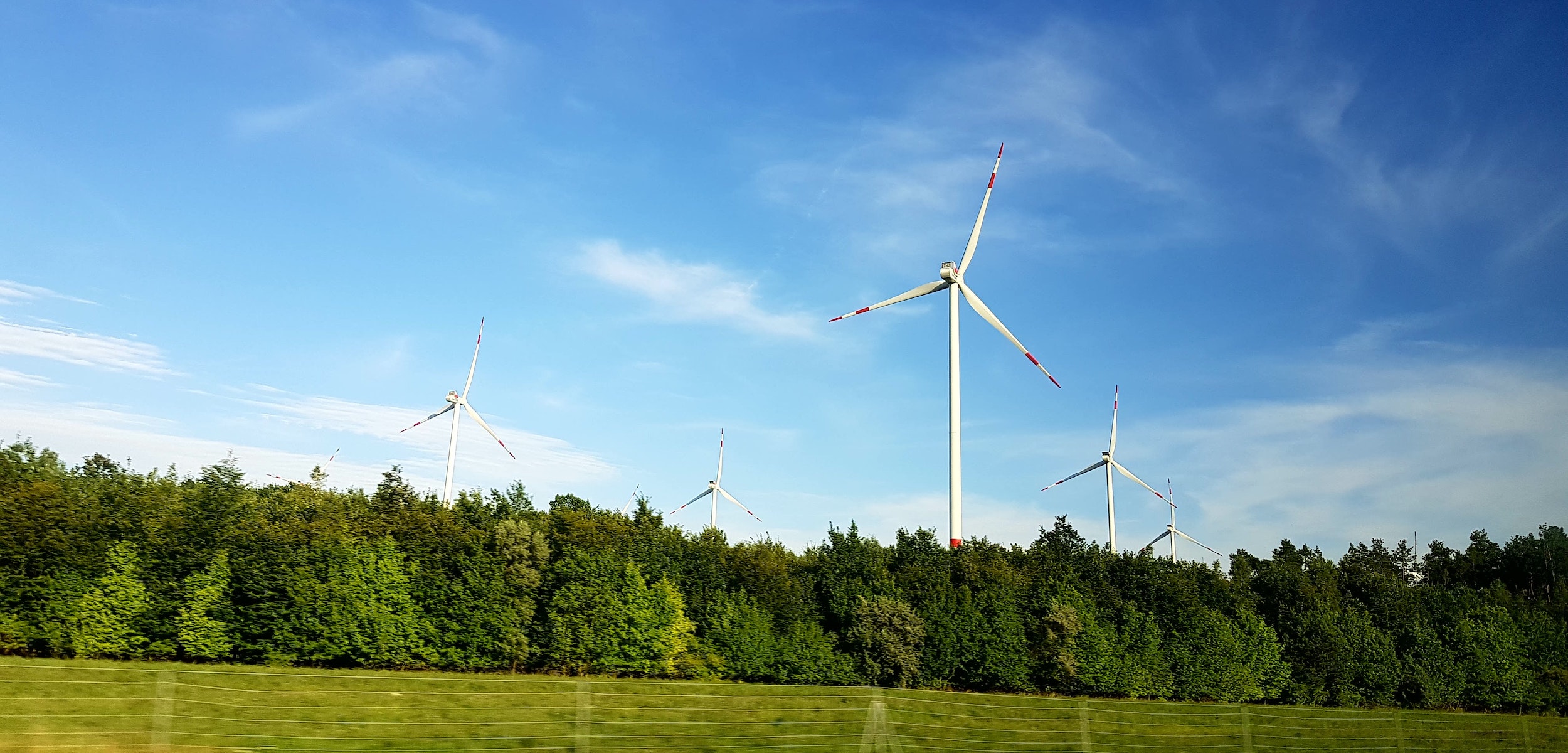At the end of 2015, the European Commission introduced the Circular Economy Package: “An EU action plan for the circular economy that establishes a concrete and ambitious programme of action, with measures covering the whole cycle: from production and consumption to waste management and the market for secondary raw materials.”
Regulation plays an important part in the Circular Economy Package. In order to gain more insight into this, Technopolis Group, in consortium with Fraunhofer ISI, Thinkstep and the Wuppertal Institute, conducted an analysis of the regulatory barriers for the Circular Economy in Europe.
The study team went through a longlist of 60 sectors and materials, taking deep dives into 30 of them, and finally published 10 case studies in our report. In each case, we considered the volume of the material lost, its environmental impact and the economic opportunity to be gained. From the analysis, we concluded that regulatory barriers for the Circular Economy can be categorised in six ways, stemming from:
- The lack of definitions and the occurrence of gaps in legislation
- Unclear definitions of targets in legislation – for example, in the context of the Waste Framework Directive
- Outdated or irrational definitions for the numerical limits in regulations – for example, in the REACH and ‘Classification, labelling and packaging’ (CLP) regulations
- Lagging or incomplete implementation or enforcement of legislation – notably, the Waste Framework Directive and the Exports and Shipment Regulation
- Different and conflicting national implementations of legislation – notably, directives or national action plans derived from the Waste Framework Directive, Basel Convention and WEEE Directive
- Regulations that conflict with each other because they represent conflicting values, for example, hygiene vs food waste or livestock hygiene vs nutrient transportation.
More than just regulation
A related barrier, though not directly due to legislation, is a lack of information on the amount of material or value lost as waste, which holds back actions to stimulate circularity. National borders can also hamper shipment of waste to the most efficient processing facilities, which means they fail to reach sufficient scale of operations. Other barriers include stringent requirements to use specific technologies that were the best available at the time, which now prevent the emergence of innovative new ones. In almost all cases, regulatory barriers do not prevent more circular solutions, but they do make them more costly (sometimes unnecessarily) compared to traditional linear approaches.
Overall, the circular economy paradigm defies borders, whether national, sectoral or technological. We concluded that, to ensure its success, it is important to conduct a thorough and more holistic assessment of the potential for circularity before looking at the removal of regulatory barriers.
Issues beyond existing legislation hamper circularity; the issue is at the system level. As yet, there is no clear recipe to achieve a circular economy in Europe through legislation. As many stakeholders and sources stated in the research for this project, however, internalising environmental costs and the value of recuperation of materials, combined with extended producer responsibility – which stimulates design for circularity – could well be part of such a regulatory approach.
This could create economic incentives for frontrunners to invest in circular economy processes, innovation and business models. Introducing such a change requires new regulation and careful implementation, possibly with increasingly strict targets to make entrepreneurs invest and innovate.
An integrated analysis of regulatory barriers and economic incentives is required, in order to develop or support circular economy alternatives.







